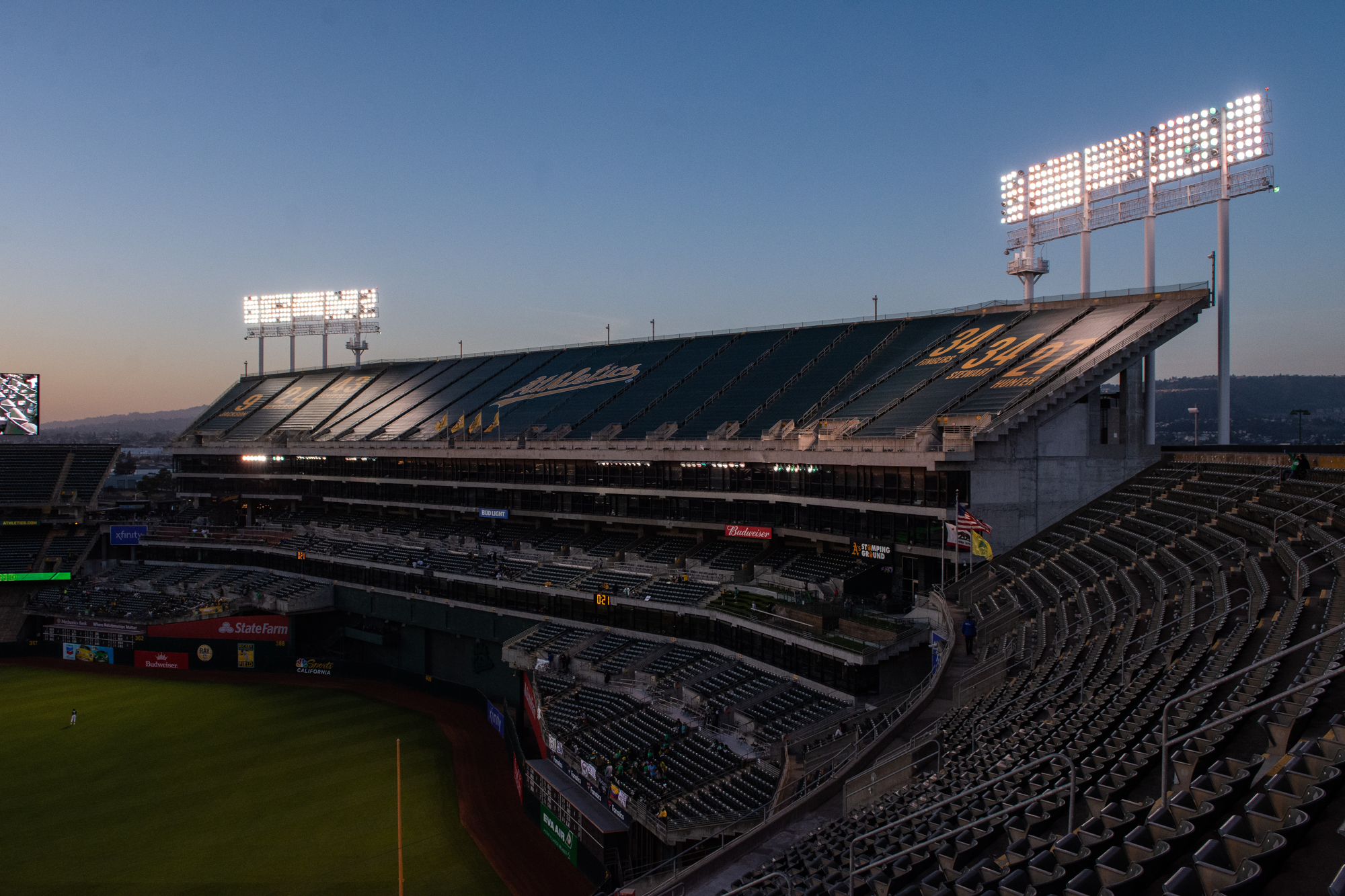Indy Explains: How the A’s stadium revenue ‘waterfall’ will repay public funds

As the Oakland A’s pitched state lawmakers on contributing up to $380 million in public financing for a new $1.5 billion baseball stadium in Las Vegas, one word kept coming up: “waterfall.”
Bill supporters and lawmakers aren’t talking about natural river formations or TLC’s smash 1996 hit — waterfall in this context refers to a funding mechanism where tax revenue generated inside the stadium goes toward paying back public bonds, filling up reserve funds to backstop the bonds and more in a prioritized order.
But how does that waterfall actually work?
Under the legislation (SB1) — which the Legislature approved Wednesday and awaits Gov. Joe Lombardo’s signature — the stadium would sit in a “sports and entertainment improvement district” created by Clark County commissioners. Tax revenues generated within that district would be pooled together to pay off the public funding for the stadium, a concept known as “tax-increment financing” (TIF), also known in this case as a “mega-TIF” because it would use all tax revenues and fees generated within the district.
Presenters of the bill have described the use of tax revenues generated from the stadium district as a “waterfall” that would start with payments on the principal and interest of the bonds issued by the county, then go toward other expenses including operations of the Las Vegas Stadium Authority and filling up a reserve account aimed at backing up bond payments if tax revenues come up short.
The public funding would come from a combination of up to $180 million in transferable tax credits from the state (which the A’s could sell to other businesses for cash), an estimated $120 million in bonds issued by the county and a $25 million credit from the county meant to address infrastructure needs around the stadium.
The analogy most used by bill supporters revolves around buckets — tax revenues “flow” into an identified priority account and then “overflow” into the next priority account. At the bottom of the waterfall, revenue would be used to reimburse the state for issued transferable tax credits and would simultaneously flow into a Clark County fund for supporting low-income housing.
An exact dollar figure of how much money would flow into each bucket is unclear. Though some of the priority accounts are clearly defined in the legislation, such as filling up a year of reserves equal to one year of average bond payments, many of the steps along the waterfall would depend on a variety of not-yet-determined factors, including how much Clark County ultimately issues in bonds, the interest rates on those bonds and the amount of revenue the stadium generates each year.
Stadium-generated revenues include taxes paid on the costs of the development and operation of the stadium — from construction material purchases to ticket sales and payroll taxes for stadium staff.
Stadium proponents are projecting that the construction process spanning 2024 to 2028 would generate $38.8 million in tax revenue, while annual operations of the ballpark would generate an average of $17 million in tax revenue.
The annual revenue projections were reviewed by Las Vegas-based economic consulting firm Applied Analysis, national investment banking company Goldman Sachs, Las Vegas-based financial consulting firm Hobbs, Ong & Associates, international sports consulting firm CSL and national financial advisory firm PFM (on behalf of Clark County).
In the event that tax revenues come in below expectations, the bill also outlines a series of remedies (including reserve accounts funded through the waterfall) to cover the losses. First, the county would rely on cash coverage (an entity’s ability to pay back obligations with available cash) to pay back the bonds. For every $1.50 generated in revenue, $1 would go toward bond payments, while the remaining 50 cents would go to the cash coverage account.
The next level of coverage would come from the state’s line of credit, which, under the bill, would be a $14 million cash appropriation earmarked in the State Infrastructure Bank — a state-operated revolving fund where any issued loans and interest are reinvested. Typically, infrastructure banks offer direct loans or credit enhancement products to help with infrastructure projects, typically focused on transportation.
Following that, the county could tap two years of reserve funding (each equal to a single year of the average bond payment) to backstop bond payments. Finally, if each of those layers of coverage is depleted in a worst case scenario that sees stadium revenues underperform for years on end, bond repayments would rely on the Clark County General Fund.
Below, The Indy breaks down where revenue generated from the stadium would go and what happens depending on the amount of revenue generated.
Audience Engagement Manager Kristyn Leonard designed the infographic for this story.


